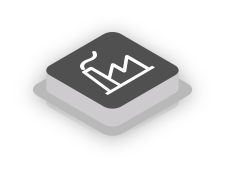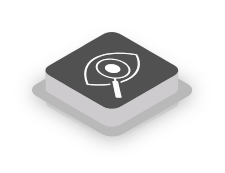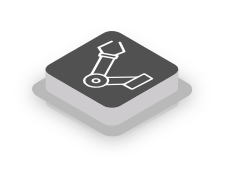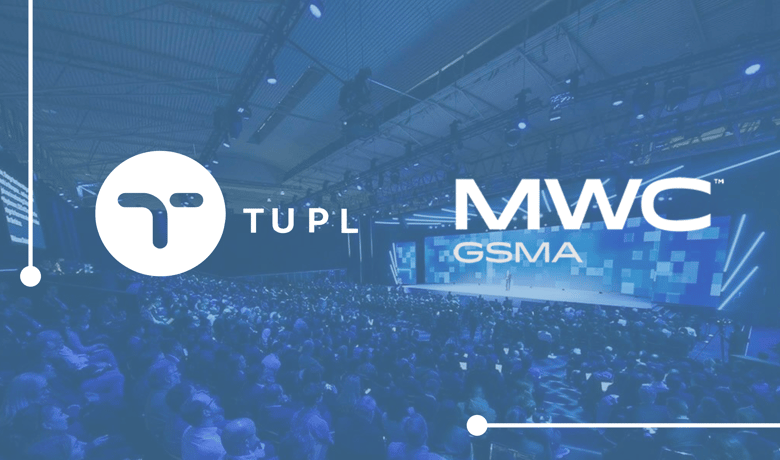Automated Industrial Operations
Provide real-time data analytics and automation capabilities to optimize industrial processes.
Provide real-time data analytics and automation capabilities to optimize industrial processes.
Capture live data from the production floor, offering valuable insights into critical manufacturing processes.
Build intelligent quality control systems by using cutting-edge deep learning technologies.
Detect and classify anomalies in manufacturing lines with maximum accuracy without coding.
Transforming manufacturing with AI-driven efficiency and quality assurance

Smart Industry
Automate manufacturing processes in real-time. It’s more than a MES!
More info

Smart Industry
Quality control of production lines with a configurable Machine Vision toolbox.
More info

Smart Industry
Providing control and efficiency to your industrial operations.
More info

Smart Industry
Automate manufacturing processes in real-time. It’s more than a MES!
More info

Smart Industry
Quality control of production lines with a configurable Machine Vision toolbox.
More info

Smart Industry
Providing control and efficiency to your industrial operations.
More info

Bellevue, Washington – June 2024

Bellevue, Washington – February 2024